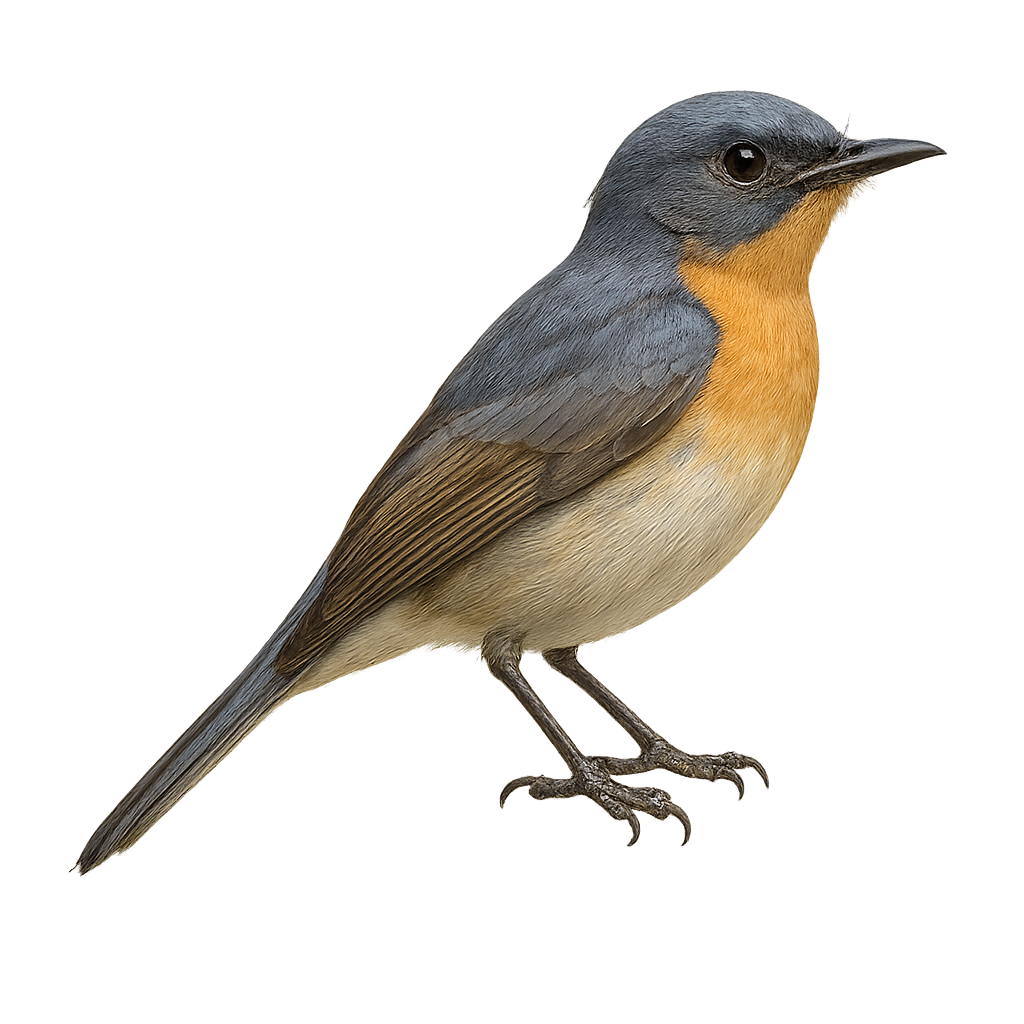Your wildlife photography guide.
Explore the satin flycatcher in detail, study its behavior, prepare your shots.
Where to observe and photograph the satin flycatcher in the wild
Learn where and when to spot the satin flycatcher in the wild, how to identify the species based on distinctive features, and what natural environments it inhabits. The WildlifePhotographer app offers tailored photography tips that reflect the satin flycatcher’s behavior, helping you capture better wildlife images. Explore the full species profile for key information including description, habitat, active periods, and approach techniques.
Satin Flycatcher
Scientific name: Myiagra cyanoleuca

IUCN Status: Least Concern
Family: MONARCHIDAE
Group: Birds
Sensitivity to human approach: Suspicious
Minimum approach distance: 10 m
Courtship display: October to November
Incubation: 14-16 jours
Hatchings: October to December
Habitat:
Rainforests, mangroves, open wooded areas
Activity period :
Primarily active during the day, with peak activity in the morning and late afternoon.
Identification and description:
The Satin Flycatcher, or Myiagra cyanoleuca, is a medium-sized bird primarily found in Australia and New Guinea. This bird is easily recognizable by its bright blue plumage on the back and wings, contrasting with a striking white belly. Males and females exhibit sexual dimorphism, with males displaying more vibrant colors. They primarily inhabit rainforests, mangroves, and open wooded areas. Their diet mainly consists of insects, which they catch in flight thanks to their remarkable agility. The Satin Flycatcher is a partial migrant, moving north during the austral winter. Although their population is stable, deforestation poses a potential threat to their natural habitat.
Recommended lens:
400 mm – adjust based on distance, desired framing (portrait or habitat), and approach conditions.
Photography tips:
To photograph the Satin Flycatcher, focus on rainforests and mangroves where it is often active. Use a 400mm lens or longer to capture detailed shots of its colorful plumage. Be patient and discreet, as this bird can be suspicious. Early morning hours are ideal when the light is soft and insect activity is high, attracting these birds. A tripod can be useful to stabilize your camera, especially in shaded areas.
The WildlifePhotographer App is coming soon!
Be the first to explore the best nature spots, track rutting seasons, log your observations, and observe more wildlife.
Already 1 432 wildlife lovers subscribed worldwide

